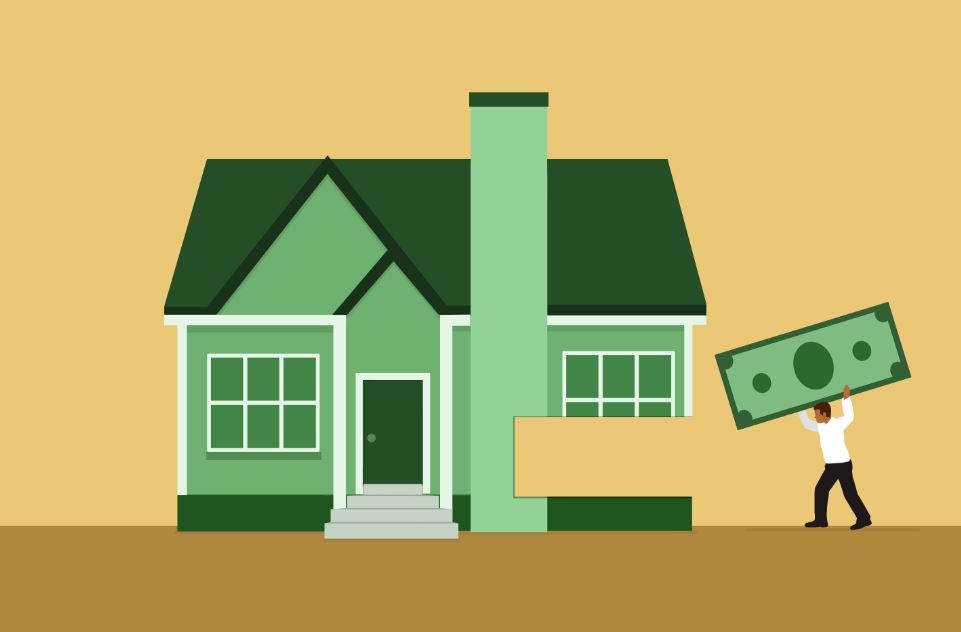Introduction
As the financial landscape evolves and individuals seek innovative ways to fund their retirement, reverse mortgages have emerged as a viable option for seniors looking to tap into their home equity without selling their property. In 2023, reverse mortgages continue to gain popularity as a flexible financial tool, offering seniors the opportunity to access the wealth they’ve built in their homes. This article explores the intricacies of reverse mortgages, their benefits, eligibility criteria, and the state of reverse mortgages this year.
Understanding Reverse Mortgages
A reverse mortgage, also known as a Home Equity Conversion Mortgage (HECM), is a loan available to homeowners aged 62 and older. Unlike traditional mortgages, where homeowners make monthly payments to a lender to buy their homes, reverse mortgages allow homeowners to convert part of their home equity into cash without making monthly mortgage payments.
Key Features of Reverse Mortgages in 2023
- Loan Types: There are different types of reverse mortgages, with the HECM being the most common. In 2023, the HECM program offers more flexibility, allowing homeowners to choose from various disbursement options, including lump sums, monthly payments, lines of credit, or a combination of these.
- Loan Limits: The maximum amount a homeowner can borrow through a reverse mortgage in 2023 has increased, depending on factors such as the age of the homeowner, the home’s appraised value, and current interest rates.
- Interest Rates: Interest rates for reverse mortgages may vary, and it’s essential to keep an eye on market trends. In 2023, low-interest rates make reverse mortgages an attractive option, as they can reduce the total interest owed over the life of the loan.
Benefits of Reverse Mortgages in 2023
- Access to Home Equity: One of the primary advantages of reverse mortgages is that they enable homeowners to access the equity they’ve built up in their homes over the years. This can provide financial relief for seniors who are struggling with retirement expenses or wish to enjoy a more comfortable lifestyle.
- No Monthly Mortgage Payments: Unlike traditional mortgages, reverse mortgages do not require monthly payments. This feature can be a game-changer for retirees on fixed incomes, as it eases their financial burden.
- Stay in Your Home: With a reverse mortgage, homeowners can stay in their homes as long as they meet the loan requirements, even if the loan balance exceeds the home’s value. This can be reassuring for seniors who want to age in place.
- Tax-Free Proceeds: The funds received from a reverse mortgage are generally tax-free, which means borrowers can use the money as they see fit without worrying about tax implications.
Eligibility Criteria for Reverse Mortgages
To qualify for a reverse mortgage in 2023, homeowners must meet specific criteria:
- Homeownership: The homeowner must own the property outright or have a low mortgage balance that can be paid off with the proceeds from the reverse mortgage.
- Occupancy: The home must be the primary residence of the borrower, and they must continue to live there.
- Financial Assessment: Borrowers may be subject to a financial assessment to ensure they can meet ongoing property charges, such as property taxes and insurance.
- Counseling: Potential reverse mortgage borrowers are required to attend counseling sessions with an approved HUD counselor to ensure they understand the terms and implications of the loan.
The State of Reverse Mortgages in 2023
As of 2023, reverse mortgages have continued to evolve to better serve the needs of older homeowners. Here are some notable developments in the world of reverse mortgages this year:
- Growing Popularity: Reverse mortgages have become more mainstream, with an increasing number of seniors exploring this financial option to fund their retirement. Financial advisors and retirement planners are also incorporating reverse mortgages into their strategies to help clients secure their financial futures.
- Enhanced Protections: The reverse mortgage industry has seen regulatory improvements over the years, aimed at protecting borrowers and ensuring they fully understand the terms of the loan. Borrowers are now better informed, thanks to mandatory counseling sessions.
- Competitive Interest Rates: With favorable interest rates in 2023, reverse mortgages are an attractive option for seniors looking to access their home equity while keeping their monthly expenses low.
- Innovative Products: Lenders have introduced new and innovative reverse mortgage products to meet the diverse needs of borrowers. These products offer different disbursement options and features to suit individual financial goals.
- Increased Consumer Awareness: More resources and educational materials are available to help seniors make informed decisions about reverse mortgages. As a result, potential borrowers have access to a wealth of information to guide their choices.
Conclusion
In 2023, reverse mortgages remain a valuable financial tool for seniors seeking to unlock the equity in their homes and secure their retirement. With a variety of loan options, increased consumer protections, competitive interest rates, and growing awareness, reverse mortgages have never been more accessible and advantageous.
However, it’s crucial for homeowners to carefully consider their financial goals, consult with financial advisors, and explore all available options before committing to a reverse mortgage. By doing so, seniors can make informed decisions that align with their retirement plans and ensure financial stability in their golden years. As reverse mortgages continue to evolve, they will likely play an increasingly prominent role in the financial strategies of retirees in the years to come.
